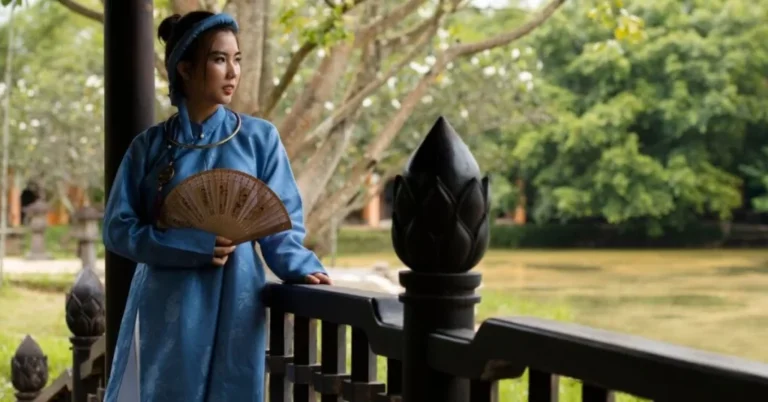In a international more and more interconnected but but deeply rooted in severa cultures, the idea of Asianismo emerges as a beacon of group spirit and identity for the huge and sundry continent of Asia. From the bustling streets of Tokyo to the serene rice fields of rural Vietnam, the thread of Asianismo weaves through the material of societies, celebrating shared history on the identical time as embracing man or woman uniqueness. In this exploration, we delve into the essence of Asianismo, its historical roots, contemporary-day manifestations, and its functionality to shape the future of Asia and beyond.
The Origins of Asianismo
To recognize Asianismo, we need to first delve into its historical origins. Asia, with its rich tapestry of civilizations and cultures, has been a cradle of human civilization for millennia. From the ancient civilizations alongside the fertile banks of the Indus and Yellow Rivers to the excellent empires of China, India, and Persia, Asia has been home to a kaleidoscope of cultures, religions, and traditions.
The term “Asianismo” exhibits its roots inside the struggles in the course of colonialism and imperialism that swept sooner or later of Asia within the nineteenth and 20th centuries. As Asian global places fought for independence and self-strength of mind, there emerged a shared sense of harmony amongst them. Leaders which encompass Rabindranath Tagore, Sun Yat-sen, and Sukarno espoused visions of pan-Asian harmony, advocating for cooperation and mutual recognize among Asian peoples.
Embracing Diversity
Central to the concept of Asianismo is the party of range internal solidarity. Asia is domestic to a myriad of languages, religions, and cultural practices, each contributing to the richness of the continent’s tapestry. From the colourful shades of Indian gala’s to the solemn rituals of Japanese tea ceremonies, Asian cultures offer a treasure trove of evaluations prepared to be explored.
Asianismo encourages speak and trade among cultures, fostering statistics and appreciation for the versions that make every society unique. Through cultural international individuals of the family, tasks which includes the Asia-Europe Meeting (ASEM) and the Association of Southeast Asian Nations (ASEAN) sell cooperation and collaboration sooner or later of borders, bridging divides and building bridges of friendship.
Resilience and Innovation
Throughout statistics, Asia has mounted great resilience in the face of adversity. From the devastation of conflict to the challenges of poverty and herbal failures, Asian countries have risen over and over, harnessing their ingenuity and spirit to rebuild and renew.
Asianismo embodies this spirit of resilience, championing innovation and development within the face of adversity. From the technological hubs of Silicon Valley to the bustling markets of Mumbai, Asia is a hotbed of creativity and entrepreneurship, driving global traits and shaping the future of industries.
Challenges and Opportunities
Despite its rich cultural records and financial prowess, Asia faces a myriad of worrying conditions inside the 21st century. From the looming risk of climate trade to the continual specter of poverty and inequality, the area grapples with complicated troubles that require collective motion and cooperation.
Asianismo gives a framework for addressing those challenges, emphasizing the significance of concord and cooperation in tackling common troubles. Initiatives which includes the Belt and Road Initiative (BRI) and the Asian Infrastructure Investment Bank (AIIB) are seeking out to promote connectivity and improvement at a few degree within the area, laying the inspiration for a greater rich and sustainable destiny.
The Future of Asianismo
As Asia maintains to upward thrust on the global stage, the idea of Asianismo takes on renewed significance. In an more and more interconnected international, the bonds of crew spirit and cooperation strong thru Asianismo are extra essential than ever.
By embracing the mind of variety, resilience, and innovation, Asia can chart a direction closer to a brighter destiny for all its peoples. Through speak and collaboration, Asian countries can triumph over the traumatic conditions that lie beforehand, constructing a more inclusive and sustainable global for generations to come back back.
Conclusion
In the tapestry of human civilization, Asia stands as a colourful and dynamic thread, weaving collectively the severa cultures and traditions of its peoples. Through the idea of Asianismo, the continent embraces its rich historical past while charting a direction closer to a greater united and rich future.
As we adventure in advance into the 21st century and beyond, allow us to embody the spirit of Asianismo, celebrating our range and drawing strength from our shared identification as Asians. In doing so, we’re capable of deliver together a brighter the following day for ourselves and for generations to return.


